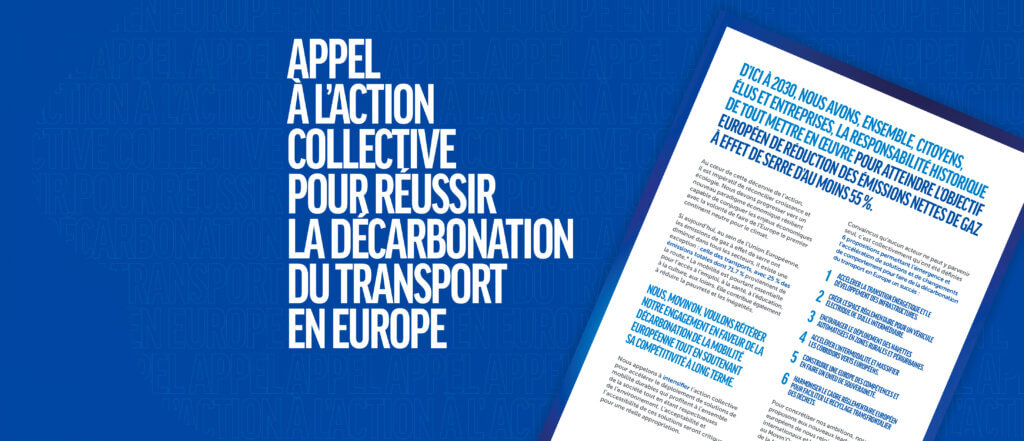Economy of functionality – from leasing to an economy of functionality
Workshop moderated by BNP PARIBAS Leasing Solutions
This workshop took a close look at the transition from traditional leasing - where the aim is to finance a purchase - to an economy of functionality where financing focuses on the use of an asset.
In this economic model, the financial product used will be rentals. Said rental of an asset is generally supported by integrated services. This model is by no means revolutionary: it is widely used in certain markets and has been for over thirty years. The solution allows the customer to choose an asset, to determine the term and conditions of use of that asset, and define the services associated with it.
1. Leasing model and cost management
In this rental model, the rent comprises financial depreciation, servicing and maintenance, which combine to form a single cost.
Maintenance may increase over time to reflect expected wear and tear and the resulting rise in maintenance costs, whereas depreciation is degressive, keeping rent levels consistent throughout the lease and minimizing costs.
2. Calculation of surpluses and contract reviews
Surpluses are calculated at the end of each year. If the use of the asset exceeds forecasts, surpluses will be invoiced to the customer under the conditions set out in the contract. However, if the use of the asset diverges significantly from the conditions initially set out in the contract, the entire contract will need to be renegotiated.
3. Examples of the markets for fork-lift trucks and photocopiers
The forklift truck and photocopier markets are two examples where the rental with services model has now become established. In these sectors, the vast majority of assets are leased rather than purchased and are invoiced on a pay-as-you-go basis.
4. The lifespan of a forklift truck in this system
5. Approaches to financing
Luc Savy explained that there are two main approaches to financing this model: in-house financing, which requires significant financial capability, and a partnership model with a specialized financial institution.
With this model, the financier assumes the financial and management risks while providing the financing, while the industrial company takes on the commercial and industrial risks - marketing, maintenance, reconditioning, re-marketing. Each party receives remuneration commensurate with its risks and responsibilities.
6. Partnership with financial institutions
In this partnership, the financial institution purchases the equipment, takes charge of the administrative tasks and carries the risk in the event of customer default. The industrial company is responsible for maintaining, checking, analysing and verifying the condition of the equipment.
7. The importance of cooperation between parties
For this model to be successful, Luc Savy emphasized the importance of mutual understanding and cooperation between parties.
8. Limitations and stumbling blocks
It was also pointed out that the main barriers to implementing this model are :
- the willingness of buyers to own their assets,
- the willingness and ability of sellers to distribute this type of offering.
9. Key Figures
- The concept of rental with integrated services has been around for some thirty years.
- In the forklift truck market, 80% of assets are leased by the hour rather than purchased.
- In the photocopier market, 90% of equipment is invoiced per copy.
- The initial useful life of a forklift truck in this system is around five years.
Putting the
economy of functionality into action
Animateurs

Luc SAVY, BNP Paribas
Share
Tweets de @movinonconnect
Movin'On 2035 TODAY EP02 - Circular Economy & Competitivity
Movin’On 2035 TODAY EP01 – Fair Mobility for All https://x.com/i/broadcasts/1yNxagBrWZbGj
✨ THAT'S A WRAP!
Movin'On Summit 2024 has just concluded in Brussels!
More than 350 leaders and experts in sustainable mobility gathered to exchange ideas, collaborate, and share their vision for desirable and decarbonised mobility in Europe. Together, we explored ways to build…
🔴 Live from #MovinOnSummit2024
@AshaSumputh has just invited Denis Machuel, CEO at @AdeccoGroup and Florent Menegaux, President of the @Michelin Group & President of Movin'On
Watch our programs on
Sustainable mobility news
Discover the latest trends, analyses per theme, and our next meetings.






